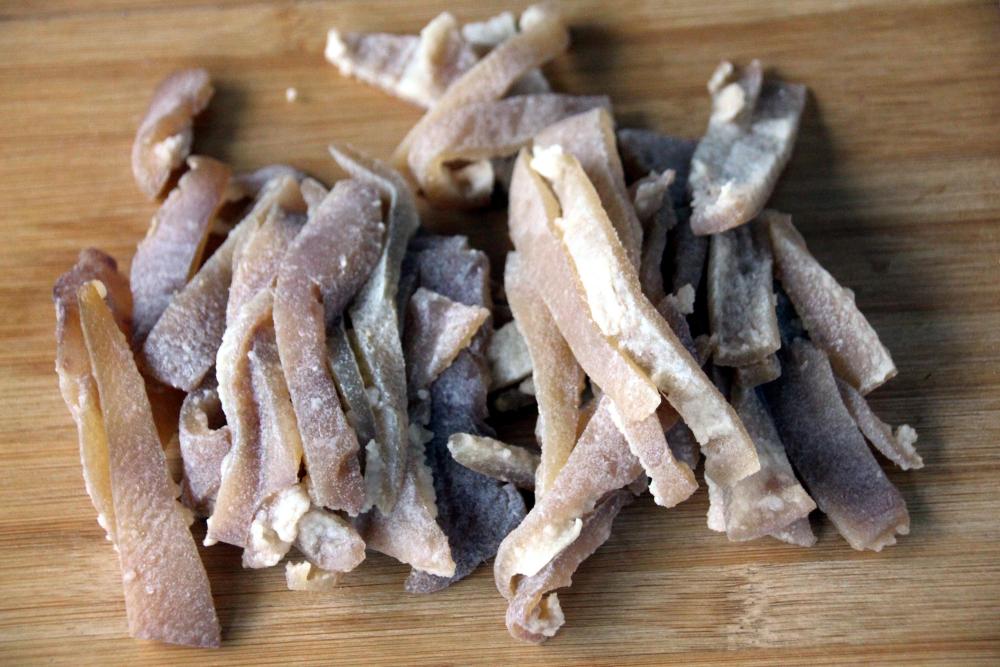-
Posts
16,675 -
Joined
-
Last visited
Content Type
Profiles
Forums
Store
Help Articles
Everything posted by liuzhou
-
That is a pairing I've also come across here. In fact, just yesterday I was thinking of ordering some halibut online and the listing was accompanied by a picture of a halibut filet and some yes, ... shiitake. In the end, I didn't order it, but that was nothing to do with the pairing!
-
Out of curiosity, I just searched Taobao, China and the world's largest online shopping portal, for bouillon cubes. Not a one to be had. The only thing that came close is these Knorr (家樂 - Cantonese: gaa1 lok6) jellified stock concentrates (what are these things actually called in English?) They come in 'old layer chicken flavour' (pictured) and 'pork bone flavour'. Cubes certainly were available a few years back, but as I said before, were far from mainstream. Now they seem to have gone completely. I only ever bought the clam flavour they used to have. * Curiously, if you add a 福 to Knorr's Chinese name, you get the Sinicized name of French supermarket chain, Carrefour (gaa1 lok6 fuk1)
-
Nothing unusual about shiitake and fish, especially with a 'meaty' fish like monkfish. Steamed fish (I use Japanese sea bass or red drum depending on availability) with shiitake is a well known preparation, here known as 五柳鱼 (wǔ liǔ yú), literally 'five willow fish'. Oyster mushroms are also often paired with lighter fish.
-
What I thought. Water, salt and yeast (allergens and and preservatives) according to the ingredient list. Which doesn't quite add up, to my mind.
-
You might not be allowed to buy lungs in the USA, but the USDA does allow this next key ingredient, a feature of dishes around the world. Coursing through the bodies of the animals we eat is highly nutritious food, full of easily absorbable iron and vitamin K, which helps stops you bleeding to death when you cut yourself. This food also aids with the retention of calcium in the bones, important as we get older. Cow's Blood Considered too valuable to waste, the life blood of slaughtered creatures is gathered from chickens, ducks, geese etc, but also from pigs, sheep, cattle, camels, horses, etc, depending on any local or religious taboos. There are few societies which don’t have some kind of blood sausage in their culinary repertoire from British black pudding to North Korean blood and glutinous rice sausage. French boudin, Polish kiszka. Spanish morcilla. Finnish mustamakkara. I could go on. North Korean Blood Sausage with Glutinous Rice But blood bangers are not the only way to go. In China, blood (usually pig’s, cattle or poultry) is allowed to congeal until firm, then cubed and added to soups and hotpots. I’ve eaten it this way in congee, too. It can also be stir fried. Cubed Blood for Stir Frying Stir Fried Pig's Blood with Chillies Because of the similar texture, this is commonly known as ‘blood tofu’ or 血豆腐 (xuè dòu fu) among other names – similar preparations are found across SE Asia and among the Chinese diaspora. And can be found in my local supermarket! Pig's Blood in my Local Supermarket Blood is also used as a thickening agent in many dishes, both western and eastern. One local dish is Quanzhou Blood and Vinegar Duck which is famous in Guangxi and Hunan. The braised duck dish is thickened with the animal's own blood. Bloody delicious! I also must give mention to 毛血旺 (máo xuè wàng) or spicy Sichuan stew traditionally made from beef tripe and duck's blood. However, in The Food of Sichuan (eG-friendly Amazon.com link), Fuchsia Dunlop gives a recipe which ditches the tripe in favour of, of all things, SPAM®! It's that sort of dish; use what you will so long as you use the blood!
-
Still on the road to poached egg perfection, two duck eggs on some German bread I was given. I don't really like German bread, but waste not... Irish butter. Bread was Vierkornbrot (4-grain bread - Rye 55%, Wheat 5%, oats 5% and barley 5%). Although etymolologically related, 'korn' does not mean the dreaded cØrn, but 'grain'.
-
Although Chinese bouillon cubes certainly exist, they are somewhat uncommon. Every kitchen in the land (domestic and professional) has at least one pot of this instead. It goes in everything. Only available as chicken flavour.
-
There is one type of century egg which is prized over all others, yet they are just a matter of luck, really. With 松花蛋 (sōng huā dàn), literally 'pine flower eggs', the processing of the egg leads to the formation of these 'pine flower' patterns in what was the white of the egg. They make no difference to the taste, at all, but can be very visually attractive. I shelled two eggs this morning for my congee; the first was uniformly black but the second had formed 'pine flowers'. Lucky me! 松花蛋 Both went into the congee which had been slow-cooking all night. Also added some fried lean pork and enjoyed 皮蛋瘦肉粥 (pí dàn shòu ròu zhōu) for breakfast. Looks dull after the pine flowers, but tasted just fine, thank you!
-
I’m thinking few, if anyone here will be gracing the dinner table with this any time soon. In fact, for most members, it would involve a degree of criminality! In the USA, as I understand it, it is legal to consume this foodstuff, but illegal to import or sell it. Lungs have never been mainstream in the Anglophone nations or in western culture in general (with one honourable exception). Yet, they are common enough in Asian cultures, even appearing as a street food speciality in places. The exception, of course, is in Scotland with the ‘Great Chieftain o’ the Puddin-race!’, my beloved haggis. * referred to as ‘lights’ when used in the culinary sense. Usually from sheep. Haggis (Centre) Here in China, the Sichuan dish 夫妻肺片 (fū qī fèi piàn) is justly famous. This literally means ‘man and wife lung slices’ and consists of beef offal including the tripe, heart, tongue and skin, but is notable for containing zero lungs! Fuchsia Dunlop explains in her The Food of Sichuan (eG-friendly Amazon.com link) that the dish is misnamed , probably because of confusion over similar sounding Chinese characters. But all is not lost. Pig's Lungs 猪肺 (zhū fèi), pig’s lungs are easily available and used in soups and other dishes. These can seem alarmingly large, especially when they are soaked to clean them, but they quickly deflate when cooked and become more manageable. Cleaning the lungs is particularly important and it is best to pump water through them until it runs clear. This can take time and several changes of water. Masochists could seek out a recipe for 杏汁猪肺汤 (xìng zhī zhū fèi tāng), Cantonese almond soup with pig’s lungs. More sensibly, find it in a Hong Kong restaurant. This dish is notoriously difficult to prepare and requires around two hours just cleaning the lungs. Or you can do what I do; let someone else do the work. Lungs are cleaned, prepared and cooked as snack food on the streets and in some supermarkets. Lungs on sticks Not bad, but I'm sticking with my haggis.
-
Chicken and fresh shiitake fried noodles with the usual Shaoxing, garlic, ginger, chilli, soy sauce, coriander leaf. Fresh hand-pulled noodles. Steam.
-
13,000 After yesterday's badly fried bread, I was determined to do another poached (duck) egg. Better. Egg was, I like to think, spot on.
-
I did say in the first post it may not all be in order. Anyway, I see the neck as a main cut and am concentrating more on the less usual parts. But fear not, neck will arrive.
-
And so we come to the heart of the matter and one of my favourite piggy parts. It’s an extremely busy organ and so is quite lean compared to much of the animal, but not at the cost of flavour. Pig's Heart I am, of course, talking about the pig’s heart. ¾ of a pound / 350 grams of delicious muscle. Enough for two servings. Scale up as required. The heart does not taste or have the same mouthfeel as other pork parts; in fact it’s more like beef in flavour, but a smoother texture, I find. Heart is one of those foods which like, for example, squid, need to be cooked for the briefest possible time or cooked for a very long time. Anything in-between is inedible. I’ve done both and can’t decide which I prefer – except when I’m hungry which is most of the time – then quicker is better! As always the heart is cleaned and any connective tissue, sinews and silver skin removed. There may be some fat around the top; trim away any excess. Some recipes suggest soaking the heart overnight to remove blood and impurities; I’ve never found that to be necessary. | Pig's Heart The heart can be sliced and flash fried or diced marinated overnight in olive oil and herbs of choice, then again fried for 10 minutes at most before serving with a salad and any remaining marinade. For some reason, I find many recipes pair it with carrots. Wouldn’t be my first choice, but then I find carrots boring most of the time*. Here is one French recipe and one Thai/Chinese both featuring carrots. If you want to go the slow cooking route, hearts need a minimum of an hour’s simmering to get them anywhere near tender. Seems like too much trouble for little gain, to me. Beef hearts are rarely available around here and are larger than is practical in my life. I’ve had lamb hearts in northern China and damned good they were, too, but I’ve never seen here. *There are exceptions, I know.
-
The smoke alarm!
- 20 replies
-
- 10
-

-

-
Congee, I find, benefits from egg in all its many guises. Simply boiled then chopped or diced, salted eggs or even a poached egg on top, but my favourite is definitely 皮蛋 (pí dàn), century egg. Which reminds me it's time for me to start a new batch of congee. I do several days worth about twice a week and keep it plain in the fridge. Toppings and additions are added to my bowlful each day depending on my whim. But pidan and minced pork is the most common.
-
You may, indeed. In the meantime I'll point out that I never said it was implied here, but, as you well know, it is a common error. I merely asked that it not be repeated here. While sushi is often served with raw fish it is not a synonym. Sushi (寿司 or 鮨) refers to 'rice', irrespective of the topping..
-
We’ve eaten the snout, the tongue, the ears, the brains. We’ve discounted the eyes. Please tell me that you’re not going to throw away what remains of the head just yet. Please, please tell me you have designs on the pork cheeks! Whether slow cooked fresh or cured to make a guanciale-type bacon, these cheap cuts are utterly delicious. And we still won’t be finished with the head. Attribution-NonCommercial-NoDerivs 2.0 Generic (CC BY-NC-ND 2.0) Pork cheeks are one of the most overlooked parts of the pig. They live in a pocket of fat just beneath the eyes, next to the jowls with which they are sometimes confused. They aren’t large to begin with and will shrink more as their fat renders during cooking so you ‘ll need two or three per person for a main dish, depending on the recipe. It is best to sear them in a pan, then slow cook them, giving that fat time to render out and moisten and flavour the flesh. The braising liquid can be enhanced with white wine or, of course, cider. Alternatively, a tomato sauce does no harm, at all. If you fancy a Chinese treatment, this recipe braises them with 5-spice, chillies, Sichuan peppercorns and rice wine or Serious Eats has an adaptation of a Fuchsia Dunlop recipe for braised cheeks with daikon radish, although cauliflower could easily be substituted if preferred. The jowls can also be used in this recipe which has more Cantonese flavours. Finally, should you wish to cure your pig cheeks or jowls to make guanciale-type bacon, here is a method. Note that, depending on weight, it takes between three weeks to four months to cure in the fridge, so isn’t something you decide to do one wet Tuesday afternoon. It takes planning, but is well worth the trouble. This link includes full instructions and a video. Guangiale - Image by Popo le Chien, licensed under the Creative Commons Attribution-Share Alike 4.0 International license. So what do we have left of the head? Teeth and whiskers. Not much we can do with them. I have heard of a fabled Sichuan preparation whereby the animal’s hard upper palate is converted to something chewy but edible by the name of 天堂 (tiān táng), meaning ‘paradise’ but although I’ve seen pictures and it looks like something I’d try, a recipe has so far proved elusive. However, there is one thing left. The stripped skull is sold in markets to be used in making stocks and broths. Bone soup, if you will. How much actual flesh and or collagen remains attached is a matter of luck, but it will probably brighten up your noodle soup.
-
Well, yes, names vary from place to place in many things.
-
Can I be briefly pedantic and ask that we get the terminology right? Sushi isn't raw fish! A lot of sushi ingredients are cooked and the key ingredient always is - the rice! Sushi is, at heart, vinegared rice with toppings - sometimes raw; sometimes not. If you just want raw fish, that is sashimi. /endrant
-
What?? Peanut butter is eaten around the world. It certainly isn't US only. The USA isn't even the top consumer! My local stores in China all carry it as do stores in most SE Asian countries. It's eaten all over Europe, Africa and the Antipodes.
-
It is ages since I poached an egg. Can't think why. Duck egg with olive oil fried bread. (Somewhat unevenly fried, but no matter.)
-
I get through a lot of these - on average ten a week; I have home made 皮蛋瘦肉粥 (pí dàn shòu ròu yù) - Century egg and Pork Congee for breakfast several times a week. I tend to agree with you though; they are best served with a chilli sauce (and a soy dip). They are often served that way as an appetiser in restaurants. I was apprehensive the first time I ate one all those years ago, but really they just taste like very eggy eggs. A lot of the reports are highly coloured by their visual appearance and people forget to describe the taste.
-
The largest organ we possess is our skin and the same is true for most vertebrates. This is does not go to waste, either. Often known as ’pork rinds’ when used in a culinary manner, the skin is fried or roasted until crisp and sold as a snack food, often with beer. In the USA, this is pork cracklings while in the UK, they are the pork scratchings sold in many pubs. Newfoundland in Canada has its scrunchions, used as a condiment and scattered over some dishes. In South America, Columbia is known for its chicharrones which come in two guises – chicharrón toteado which are made from meatless skin and chicharrón cocho which retains some meat. Mexico, of course, is also famous for chicharrones. In SE Asia, pork rind, known in Vietnamese as tóp mỡ is often added to noodle dishes in Vietnam while in Northern Thailand, แคบหมู (khaep mu) is commonly eaten in Chiang Mai. It is often served with hot chilli sauces and even appears in some salads. Here in China, people often render their own lard from pork fat and skin. The by-product is dry fried pork skin and this is eaten as a snack food or cooks’ treat. Unprocessed pork skin is sold in most supermarkets. Pig Skin Also found in supermarkets is processed pork rinds, often from the animal’s head skin. This is often flavoured with 5-spice or other seasonings, again intended as a snack. Five Spice Pig Skin However, pig skin is also served as a main dish along with its fat and, often chillies. This is cut from the pork belly and is rather popular.


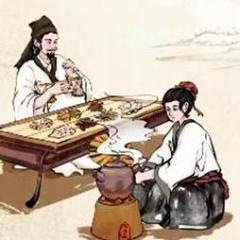
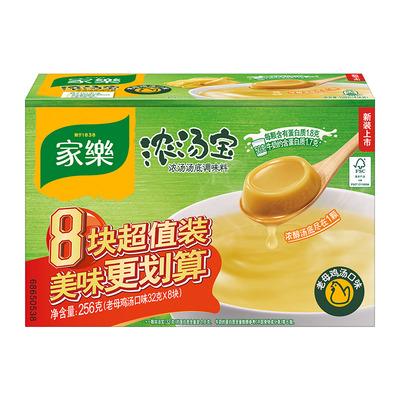

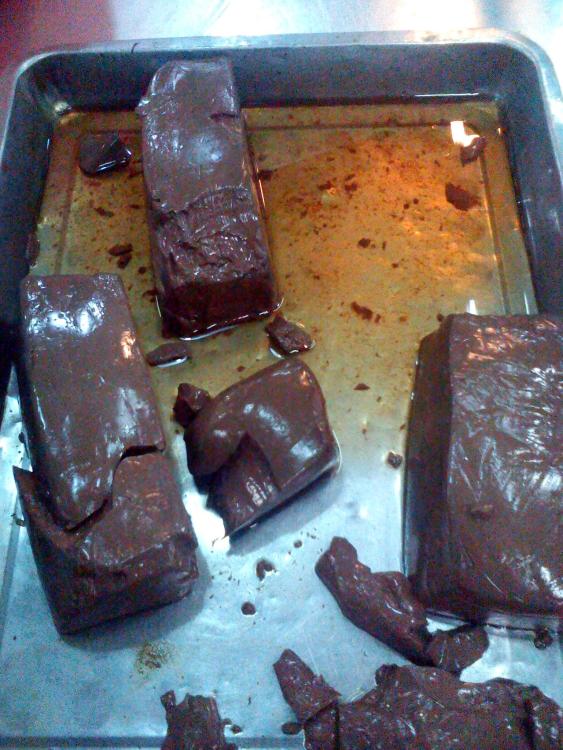

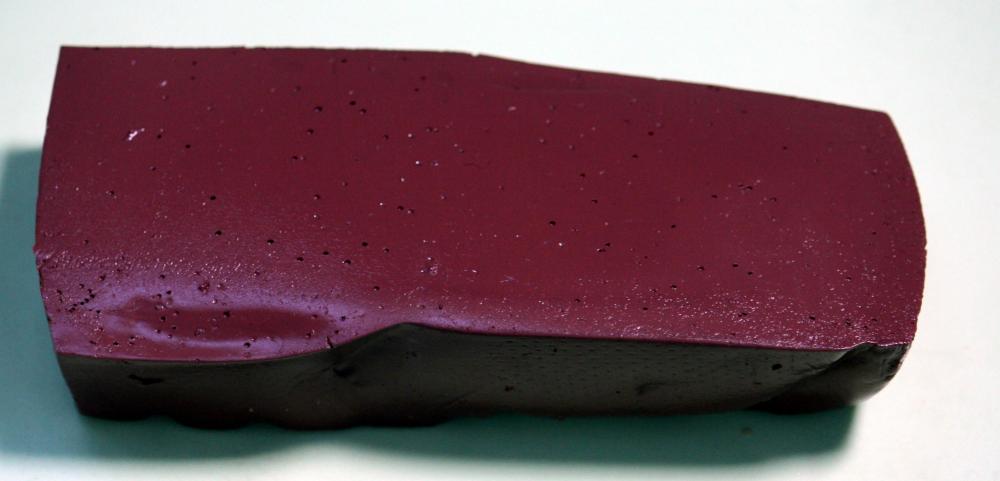
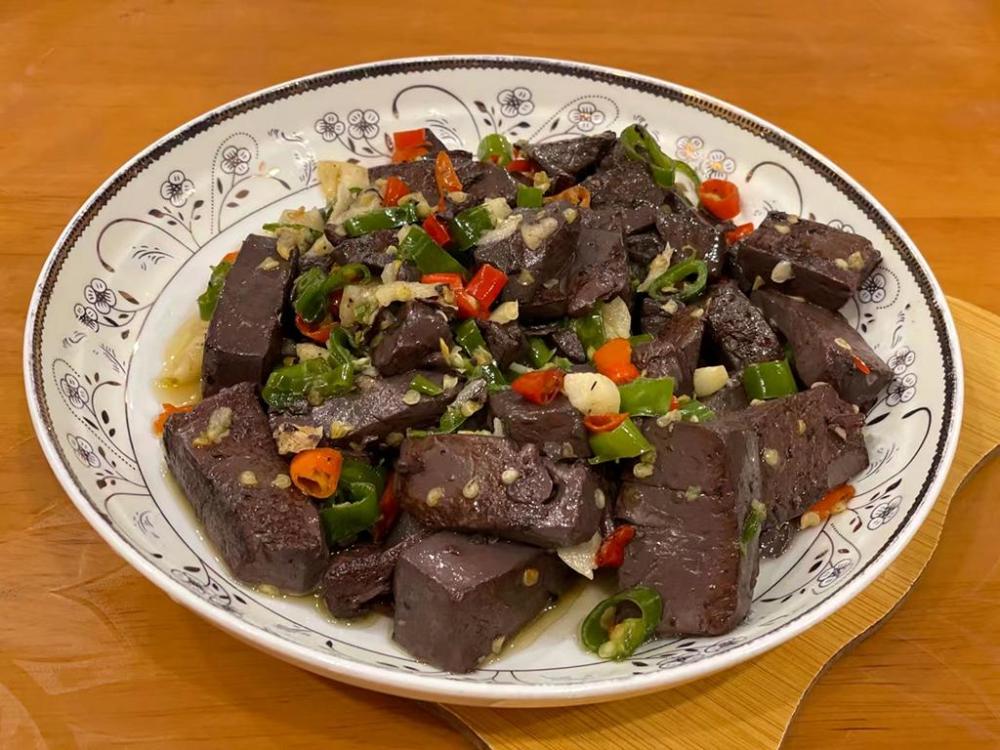
.thumb.jpg.95c57cae17d4949a07a71ed9f4976171.jpg)
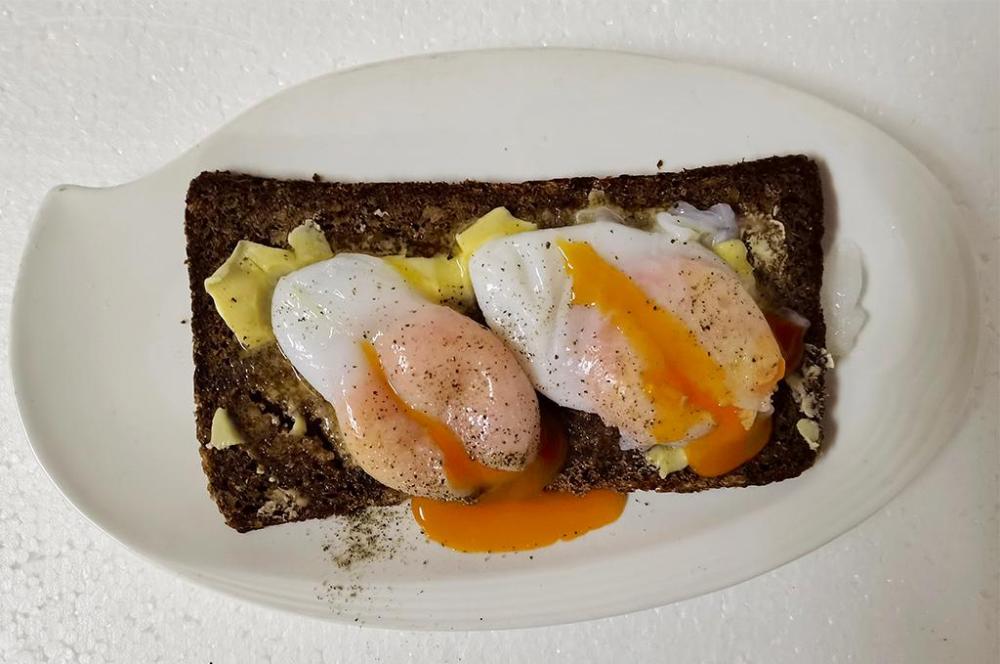




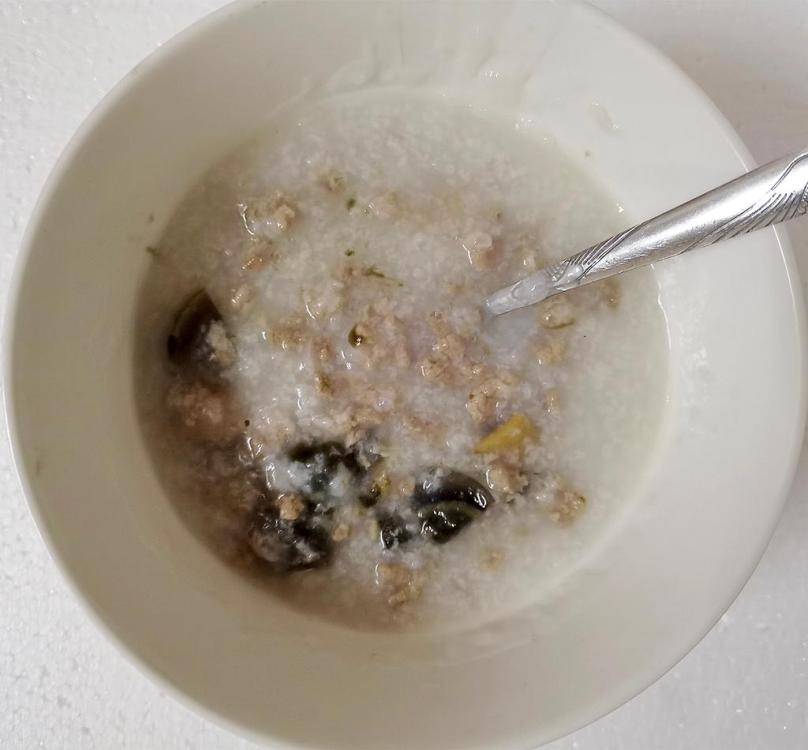



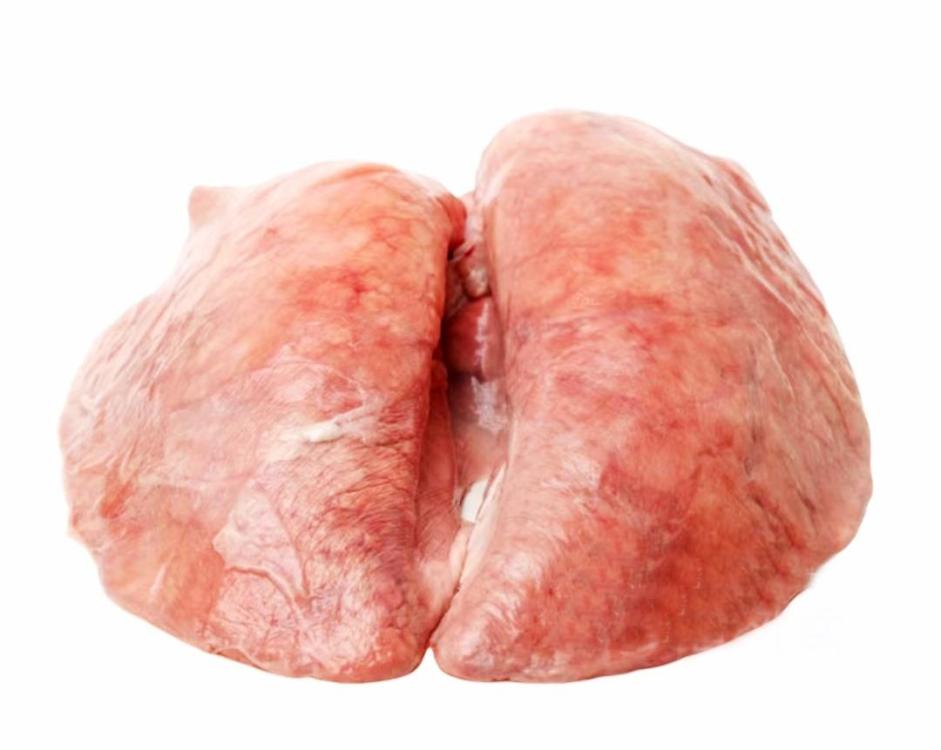

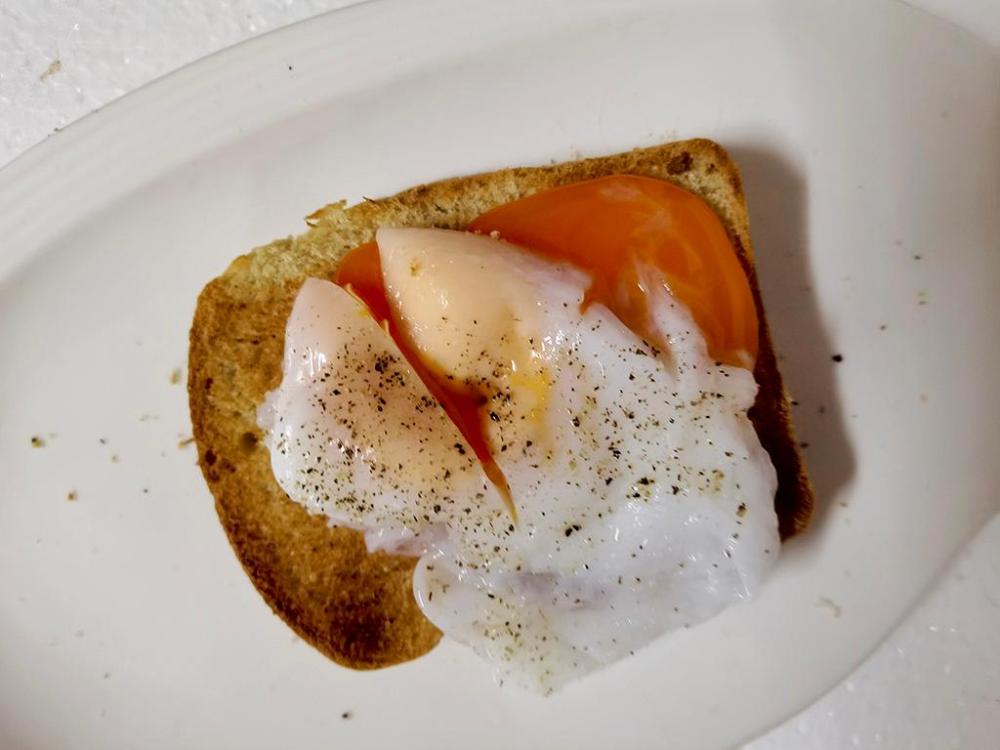
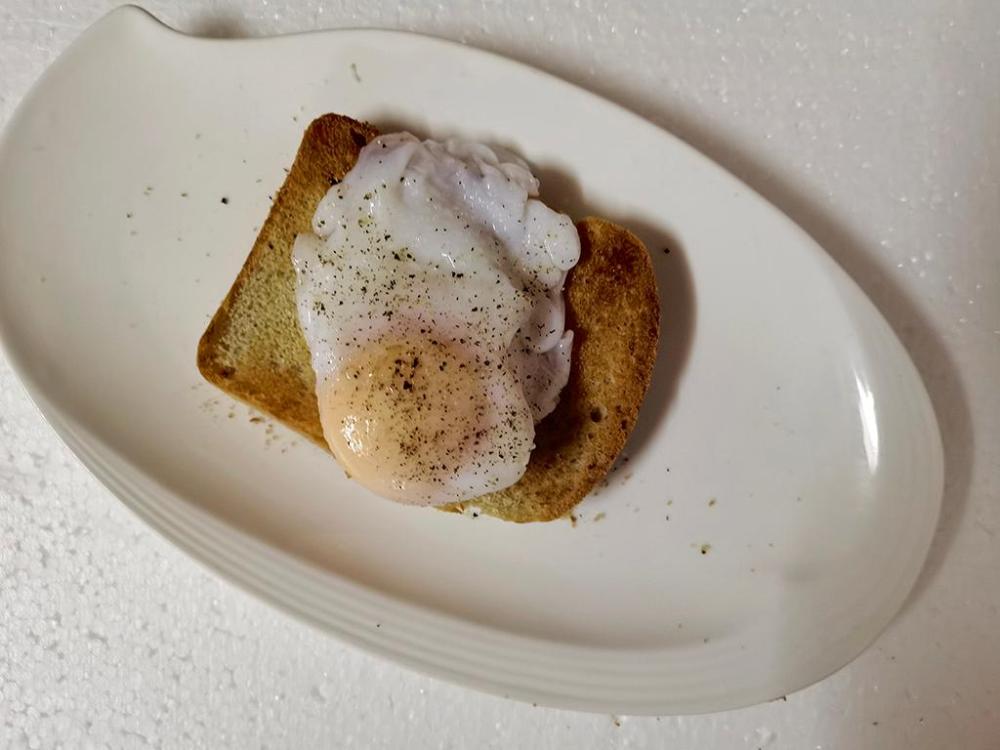

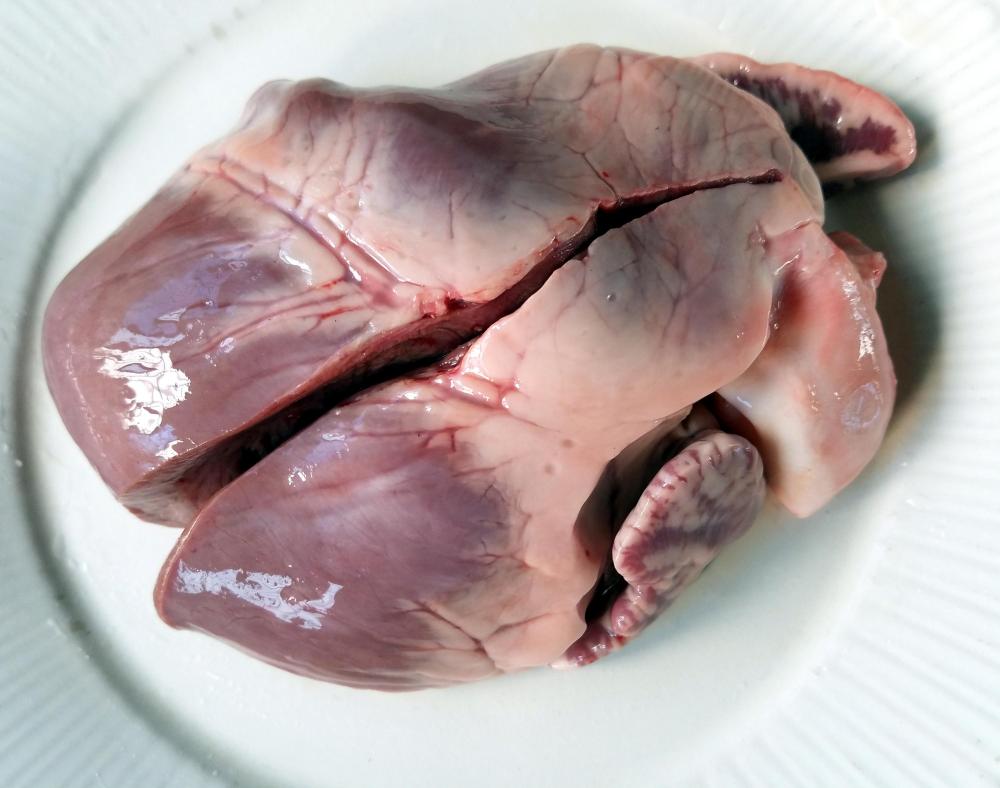
.thumb.jpg.0e399d2457a945891d52cfcdea2f2450.jpg)
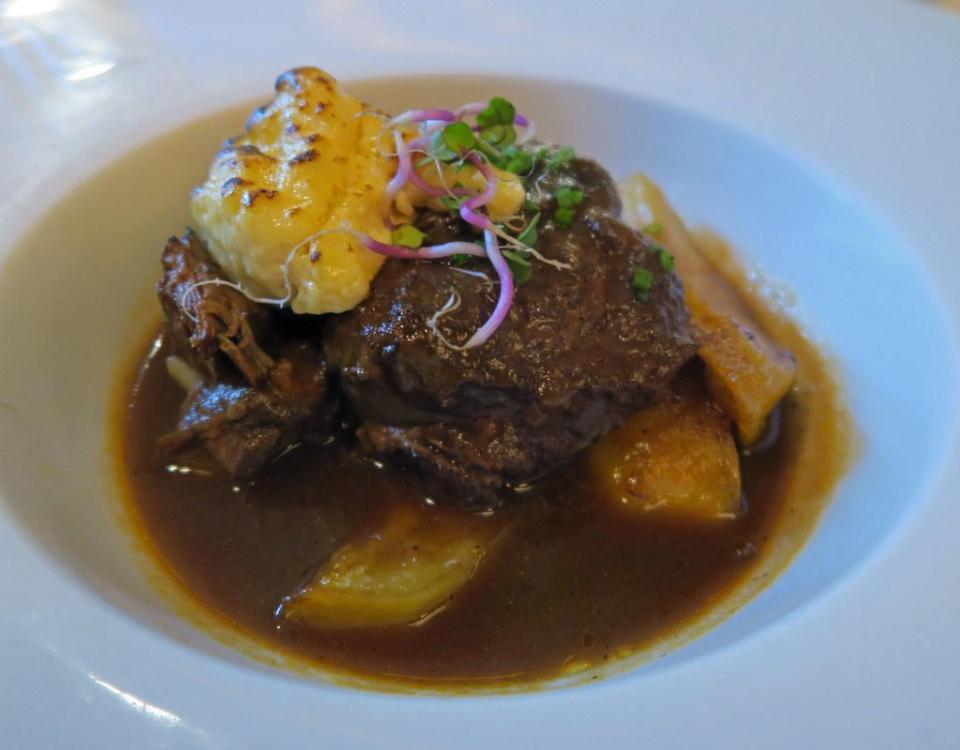
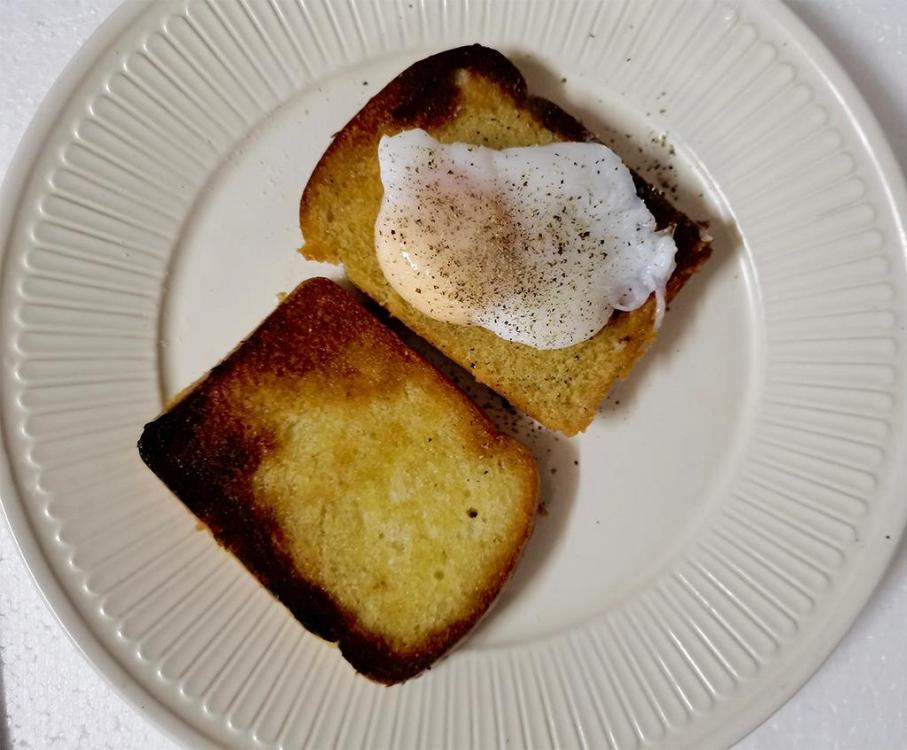
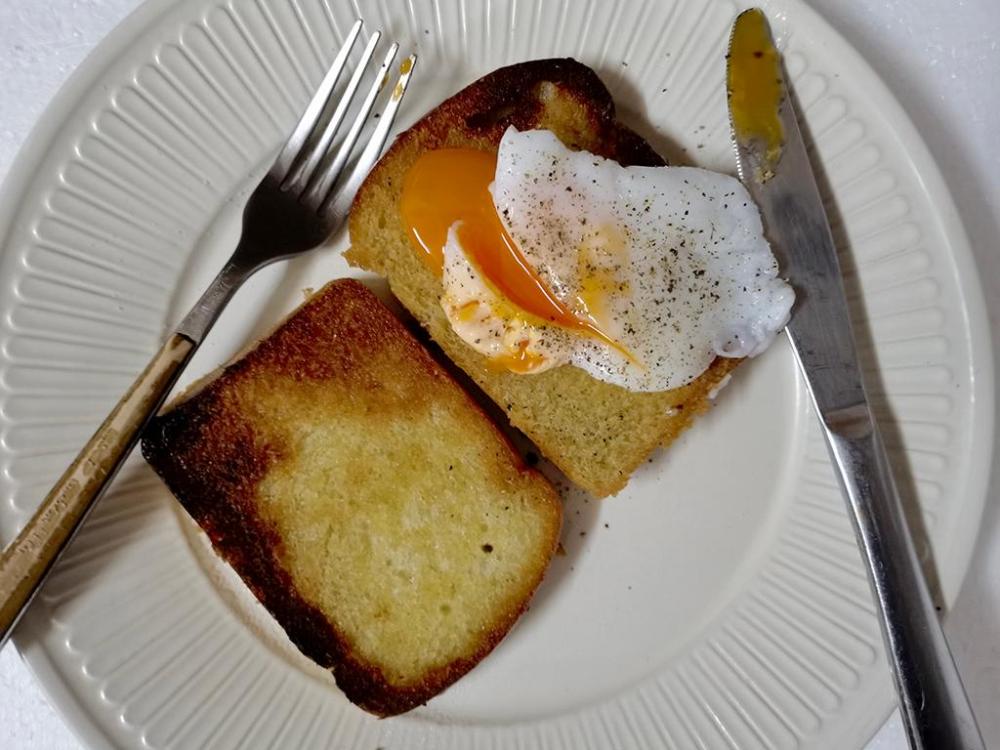

.thumb.jpg.16fc93c204759c329be9acf3a343c9db.jpg)
